
How to Use SCD41 : Examples, Pinouts, and Specs
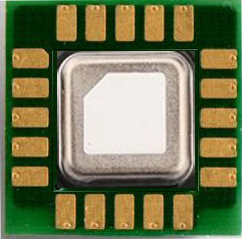
 Design with SCD41 in Cirkit Designer
Design with SCD41 in Cirkit DesignerIntroduction
The SCD41 is a high-precision digital sensor manufactured by Sensirion (Part ID: SCD41-D-R2). It is designed to measure carbon dioxide (CO2) concentration, temperature, and humidity. The sensor leverages non-dispersive infrared (NDIR) technology for CO2 detection, ensuring accurate and reliable performance. Its compact design and low power consumption make it ideal for a wide range of applications.
Explore Projects Built with SCD41
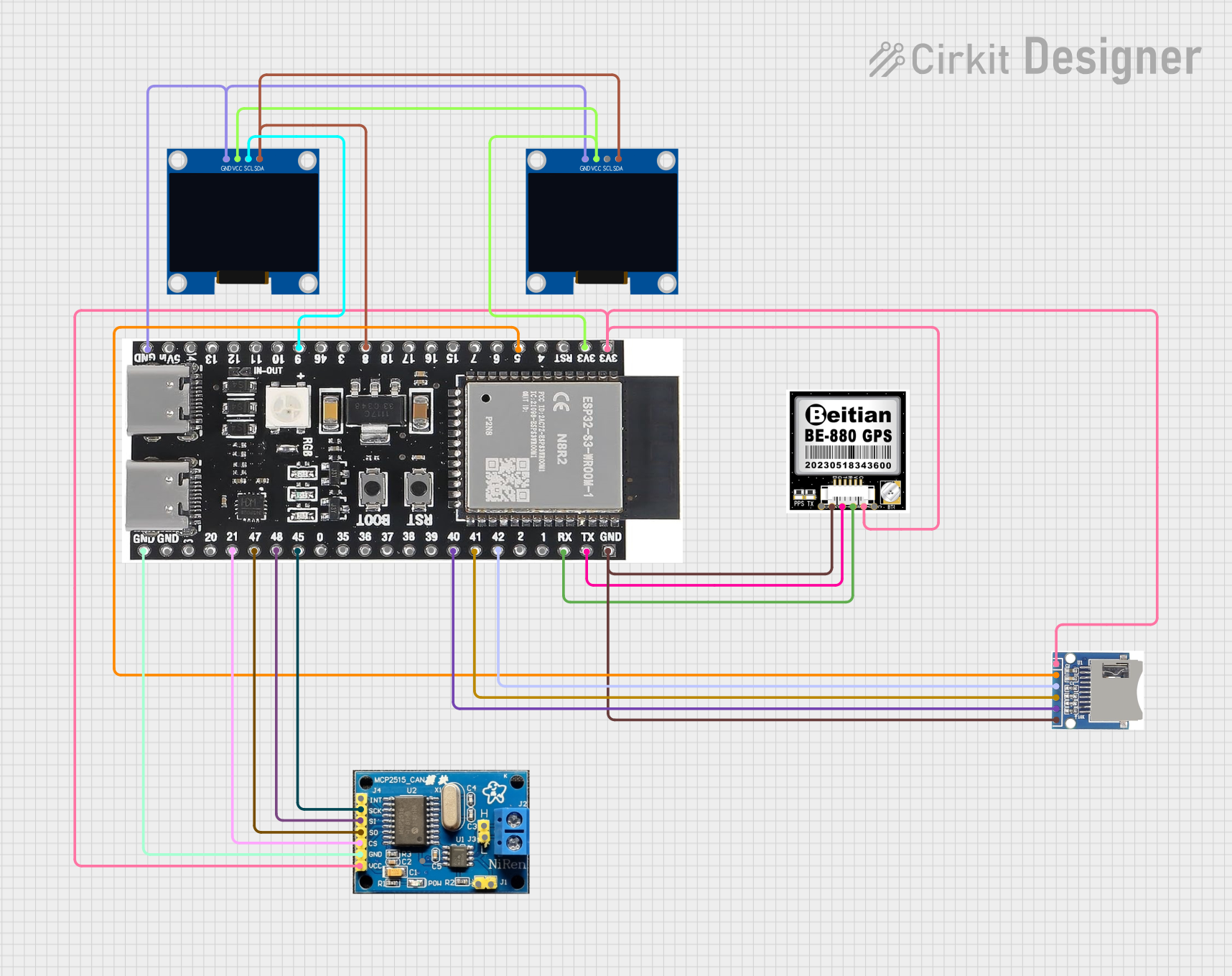
 Open Project in Cirkit Designer
Open Project in Cirkit Designer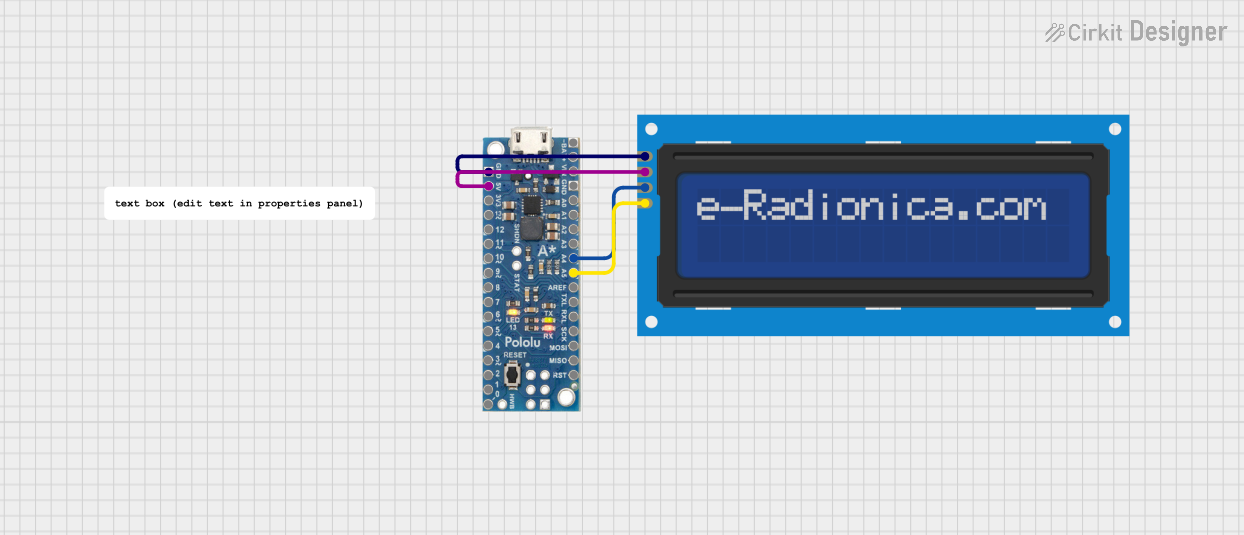
 Open Project in Cirkit Designer
Open Project in Cirkit Designer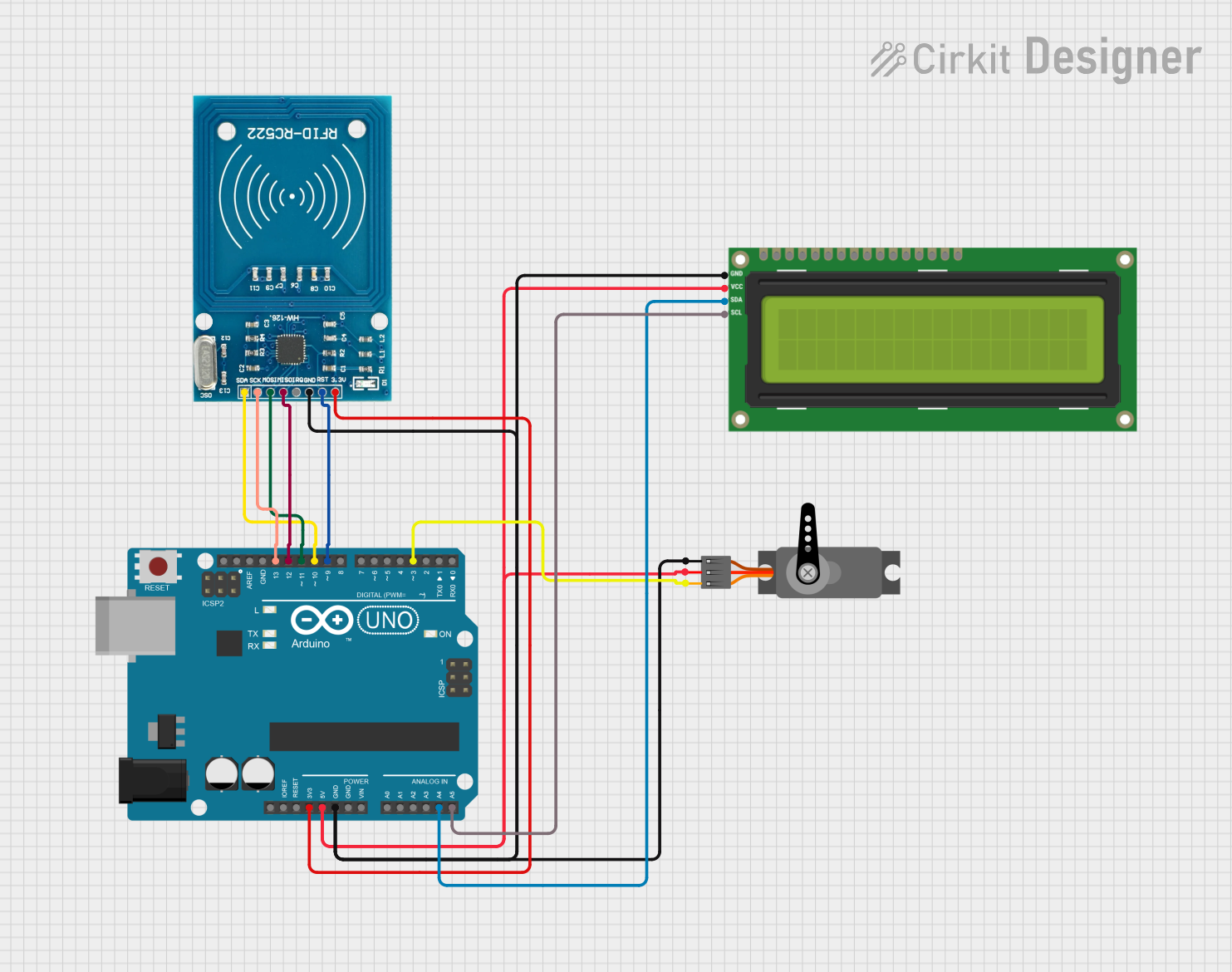
 Open Project in Cirkit Designer
Open Project in Cirkit Designer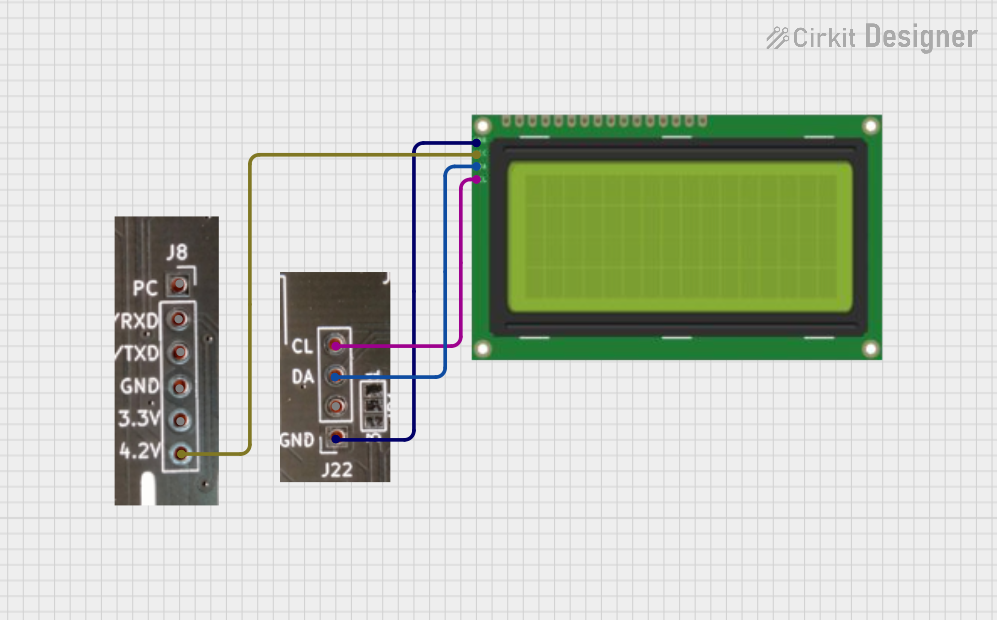
 Open Project in Cirkit Designer
Open Project in Cirkit DesignerExplore Projects Built with SCD41

 Open Project in Cirkit Designer
Open Project in Cirkit Designer
 Open Project in Cirkit Designer
Open Project in Cirkit Designer
 Open Project in Cirkit Designer
Open Project in Cirkit Designer
 Open Project in Cirkit Designer
Open Project in Cirkit DesignerCommon Applications
- Indoor air quality monitoring
- HVAC (Heating, Ventilation, and Air Conditioning) systems
- Smart home devices
- Environmental monitoring
- Greenhouse and agricultural control systems
Technical Specifications
Key Specifications
| Parameter | Value |
|---|---|
| CO2 Measurement Range | 400 ppm to 5000 ppm |
| CO2 Accuracy | ±(40 ppm + 5% of reading) |
| Temperature Range | -10°C to 60°C |
| Temperature Accuracy | ±0.8°C |
| Humidity Range | 0% RH to 100% RH |
| Humidity Accuracy | ±5% RH |
| Supply Voltage | 2.4 V to 5.5 V |
| Average Current Consumption | 2 mA (typical) |
| Interface | I²C |
| Dimensions | 10.1 mm × 10.1 mm × 6.5 mm |
Pin Configuration
The SCD41 sensor has a total of 8 pins. Below is the pinout description:
| Pin Number | Name | Description |
|---|---|---|
| 1 | VDD | Power supply (2.4 V to 5.5 V) |
| 2 | GND | Ground |
| 3 | SDA | I²C data line |
| 4 | SCL | I²C clock line |
| 5 | SEL | Address selection (connect to GND for default) |
| 6 | NC | Not connected (leave floating) |
| 7 | NC | Not connected (leave floating) |
| 8 | RST | Reset pin (active low, optional) |
Usage Instructions
How to Use the SCD41 in a Circuit
- Power Supply: Connect the VDD pin to a 3.3 V or 5 V power source and the GND pin to ground.
- I²C Communication: Connect the SDA and SCL pins to the corresponding I²C pins on your microcontroller. Use pull-up resistors (typically 4.7 kΩ) on both lines if not already present.
- Address Selection: The SEL pin determines the I²C address. Connect it to GND for the default address (0x62).
- Optional Reset: The RST pin can be used to reset the sensor. If unused, leave it floating.
Best Practices
- Ensure proper decoupling by placing a 100 nF capacitor close to the VDD pin.
- Avoid placing the sensor near heat sources or in direct sunlight to prevent measurement inaccuracies.
- Allow the sensor to warm up for at least 5 seconds after power-up for accurate readings.
Example: Using the SCD41 with Arduino UNO
Below is an example of how to interface the SCD41 with an Arduino UNO using the I²C protocol. This example uses the Sensirion SCD4x library, which can be installed via the Arduino Library Manager.
#include <Wire.h>
#include <SensirionI2CScd4x.h>
SensirionI2CScd4x scd4x;
void setup() {
Wire.begin(); // Initialize I²C communication
Serial.begin(9600); // Start serial communication for debugging
scd4x.begin(Wire); // Initialize the SCD41 sensor
uint16_t error;
// Start periodic measurement
error = scd4x.startPeriodicMeasurement();
if (error) {
Serial.print("Error starting measurement: ");
Serial.println(error);
} else {
Serial.println("SCD41 measurement started.");
}
}
void loop() {
uint16_t co2;
float temperature, humidity;
uint16_t error;
// Read measurement data
error = scd4x.readMeasurement(co2, temperature, humidity);
if (error) {
Serial.print("Error reading measurement: ");
Serial.println(error);
} else if (co2 != 0) { // Check if valid data is available
Serial.print("CO2: ");
Serial.print(co2);
Serial.print(" ppm, Temperature: ");
Serial.print(temperature);
Serial.print(" °C, Humidity: ");
Serial.print(humidity);
Serial.println(" %RH");
}
delay(5000); // Wait 5 seconds before the next reading
}
Notes
- Install the SensirionI2CScd4x library from the Arduino Library Manager before running the code.
- Ensure the I²C pull-up resistors are properly connected.
Troubleshooting and FAQs
Common Issues
No I²C Communication:
- Ensure the SDA and SCL lines are correctly connected to the microcontroller.
- Verify that pull-up resistors are present on the I²C lines.
- Check the I²C address (default: 0x62) and ensure no address conflicts.
Inaccurate Readings:
- Allow the sensor to stabilize for at least 5 seconds after power-up.
- Avoid placing the sensor in areas with high airflow or near heat sources.
Sensor Not Detected:
- Verify the power supply voltage (2.4 V to 5.5 V).
- Check the connections for loose wires or incorrect pin assignments.
FAQs
Q: Can the SCD41 measure CO2 levels below 400 ppm?
A: No, the SCD41 is designed to measure CO2 concentrations in the range of 400 ppm to 5000 ppm.
Q: How often should I calibrate the sensor?
A: The SCD41 features automatic self-calibration. However, for best results, expose the sensor to fresh air (400 ppm CO2) periodically.
Q: Can I use the SCD41 with a 3.3 V microcontroller?
A: Yes, the SCD41 operates with supply voltages between 2.4 V and 5.5 V, making it compatible with both 3.3 V and 5 V systems.
Q: What is the warm-up time for the sensor?
A: The sensor requires a warm-up time of approximately 5 seconds after power-up for accurate measurements.